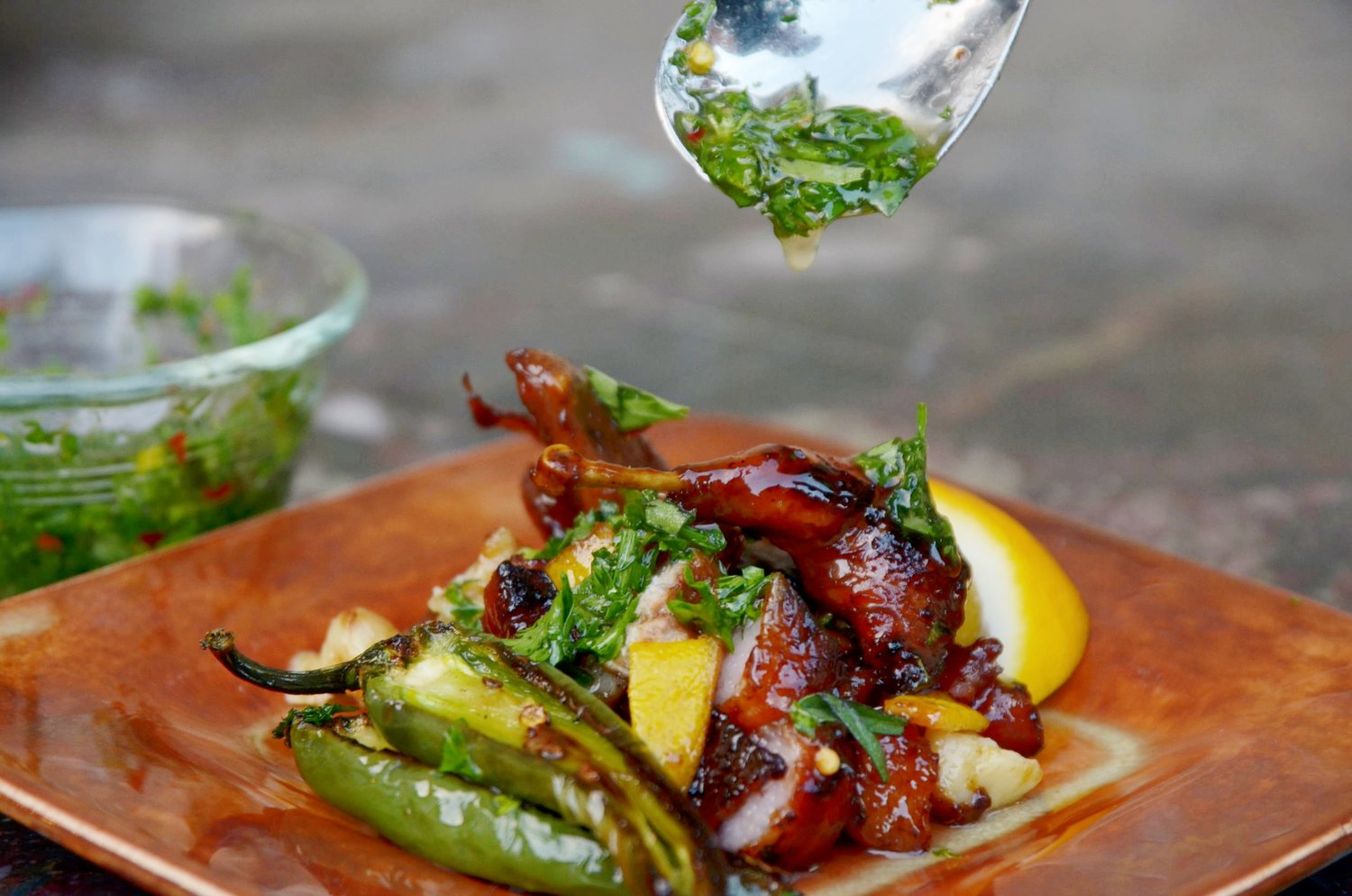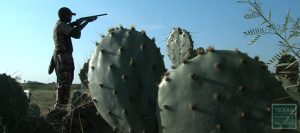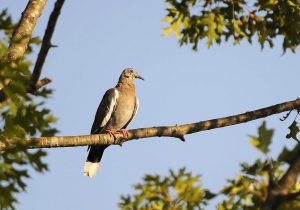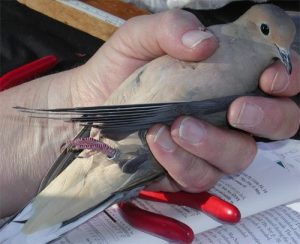
Dove Carnitas a la Killer Chefs. Photo: Jesse Morris.
This is Passport to Texas
With dove season underway in the north and central zones, bacon wrapped dove breasts will soon show up on the tables of hunters everywhere.
People don’t really like eating doves, they like eating bacon, if that’s the only way that they cook it.
Jesse Morris is a hunter and chef with Killer Chefs in Richardson, Texas. He says there are more inventive ways to enjoy dove—including carnitas.
Everybody’s go-to recipe—and there’s nothing wrong with it – is bacon wrapped dove. It’s nice to actually use all the bird. So, you can use the heart in the carnitas, and the legs, and the breast meat, and everything. Cooking that down low and slow; finishing it off, letting all the sugars come out in the product. It’s something good.
If you’re a new hunter and longtime foodie, you may be tempted to “go gourmet” when preparing dove or any game. Jesse recommends to start simply.
People get off on wanting to cover them in sauces or gravy, and things like that – when they’re really not tasting the bird, or whatever game that it is that they’re eating. When you’re first starting out cooking wild game, cook it simply: grill it; salt and pepper. See what the flavors that the actual game is, and then work with that.
We have Jesse Morris’ dove carnitas recipe [below] at Passport to Texas dot com.
For Texas Parks and Wildlife…I’m Cecilia Nasti.
________________________________
Dove Carnitas Recipe
Jesse Morris, www.killerchefs.com
One of my all-time favorites and go to recipe is carnitas. They are flavorful and easy to cook. My version of the recipe is not totally traditional. I like to lighten it up and use things that I can find around me in the late August early September months. If you don’t like the idea of using real sugar cokes, then don’t use it. You may substitute piloncillo, an unrefined sugar, and water.
Ingredients
1 pound salt pork, large cubed
Pig skin or pig ears, you may use the skin from the salt pork
1 white onion, rough chopped
6 cloves garlic, peeled
1 pound block of lard
10 dove plucked and cleaned doves quartered and hearts (trust me)
1 bunch fresh thyme, whole
1 bunch fresh oregano, whole
2 sticks Mexican cinnamon
1 Meyer lemon (or small orange), peeled, rind and juice
3 Mexican real sugar cokes
Instructions
In a deep, heavy bottom pan or Dutch oven brown the salt pork.
Add onions and garlic to pan and sauté for a few minutes.
Then add lard and allow it to melt and begin to slightly fry ingredients in pan.
Next add dove and remainder of the ingredients and simmer for about an hour on medium/high heat until meat is tender and the cloudy look of the coke and lard turns semi clear.
Pick all the meat and some of the lemon peel out. Pull apart the meat to prep for serving.
Finish off on flat top or cast iron pan till caramelized.
I prefer to garnish with charred jalapeno, chimichurri and a slice of lime or Meyer lemon.







 Passport to Texas is a
Passport to Texas is a  Passport to Texas is made available by:
Passport to Texas is made available by: